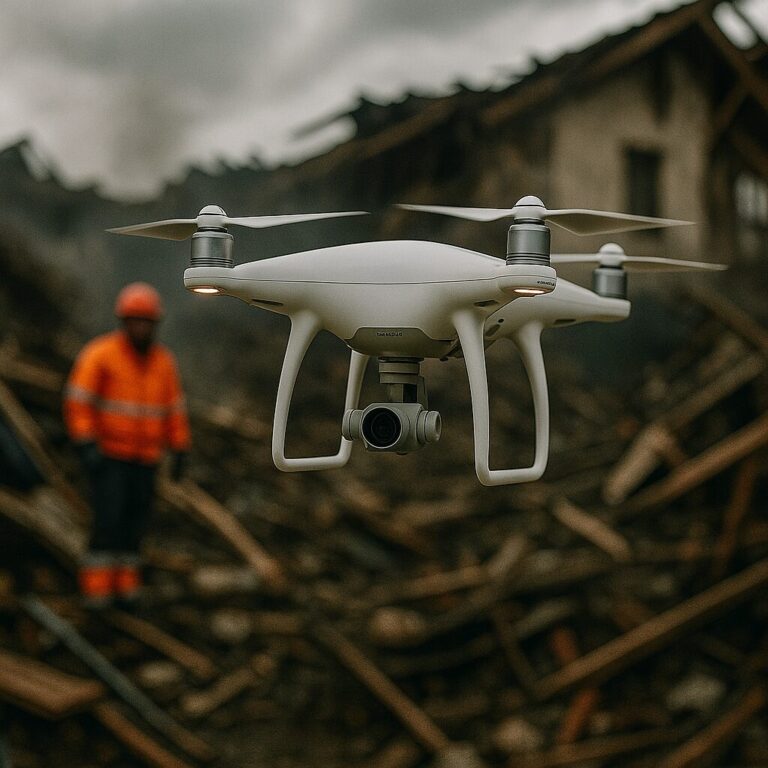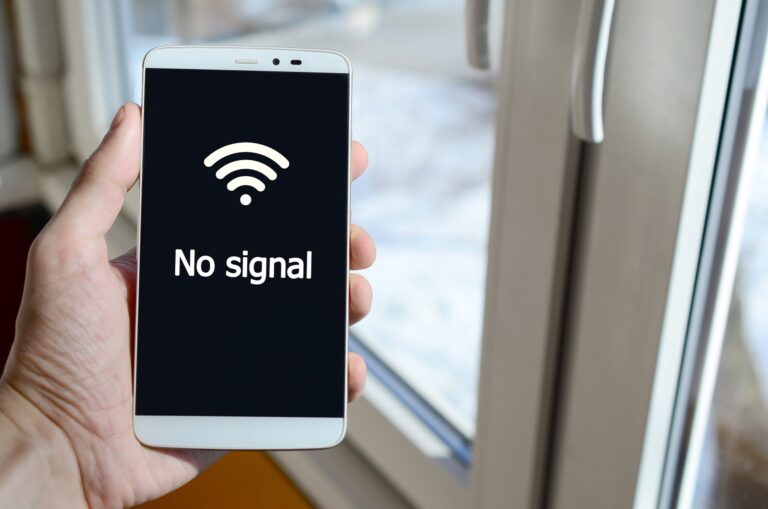This article is the third in a series on incorporating water efficiency policies when updating or establishing corporate sustainability goals. Click to read part one, part two, part four and part five
While the focus of businesses has shifted over the last year due to the COVID-19 pandemic, employees may soon be returning to work and corporations will need to place a greater emphasis on corporate sustainability, including water efficiency policies. After going through the initial steps of creating a plan, companies must work to implement strategies within their facilities in order to meet their goals.
Are you looking for assistance brainstorming ideas about alternative water resources or interested in creating a water efficiency plan? Please call us at (415) 351-2227. We will be happy to help!
As mentioned in the previous article in this blog series, you need to take action based on the data you’ve collected while still being mindful of what your company can reasonably achieve. A good place to start if your company is just beginning to establish water efficiency policies is by updating your facilities with water-efficient technologies.
With the information gathered, begin with the most basic and inexpensive water-efficient technologies and updates to each area of your organization, including:
- Replacing or fixing leaks in pipes, appliances and equipment.
- Installing low-flow faucets in kitchens and bathrooms that restrict the amount of water emitted per minute.
- Updating toilets, urinals, shower heads and laundry equipment with high-efficiency models. According to the EPA sanitary fixtures and equipment in laundry rooms make up almost 50 percent of water usage within a building.
- Rethinking outdoor water usage by applying better landscaping, pool maintenance, irrigation and vehicle washing practices. Strategies can include installing moisture sensors and planting drought-tolerant and native plants.
Once your facility has implemented basic water efficiency technologies and practices, you can look start considering more advanced technologies, such as:
- Purchasing and installing ENERGY STAR® and WaterSense appliances such as water heaters. Companies with commercial kitchen equipment should replace also replace appliances such as dishwashers and ice machines.
- Updating heating and cooling systems to significantly reduce water usage and create savings. This includes eliminating single-pass cooling systems and updating and maintaining cooling towers, chilled water systems and heating systems.
- Installing timers and controls that automatically shut off faucets after a certain period of time.
As we’ve mentioned before, water efficiency policies are an essential part of a corporate sustainability plan – not only to help reduce waste and your carbon footprint, but also to increase brand value, meet consumer demands and attract talent. While including water efficiency technologies as a part of your plan is a great start, it is only the first step in significantly reducing your usage. Moving forward, your company should also consider implementing water efficiency protocols, investing in recycled water and examining your supply chain, which we will continue to discuss in this series.
To learn more about water-efficient technologies, visit:
- ENERGY STAR® Water, Waste, and Renewable Energy
- EPA WaterSense Best Management Practices
- EPA Water Sense Commercial Buildings
- S. Department of Energy Best Management Practices for Water Efficiency
Read part four.
You can get the latest blogs, podcast episodes and other news straight in your inbox. Please fill out the form below to subscribe to our newsletter.





